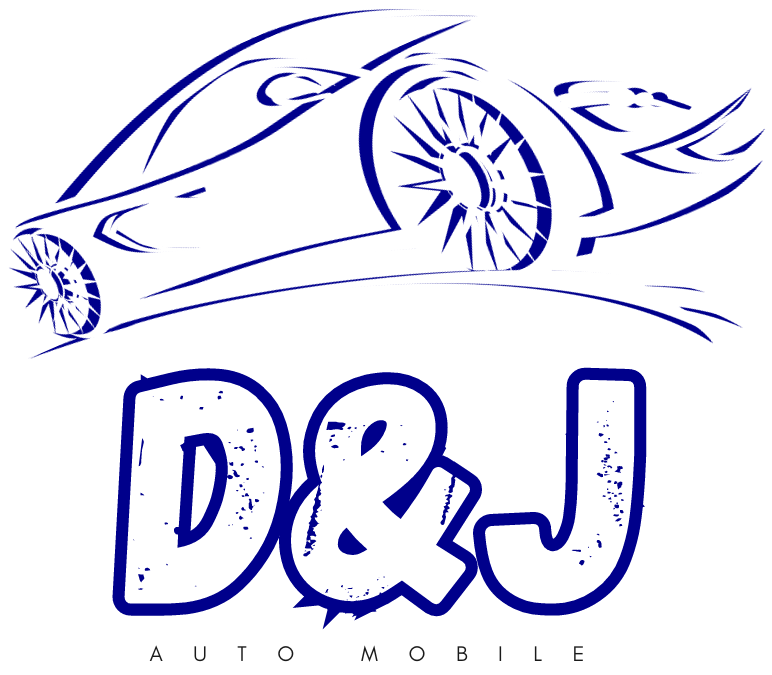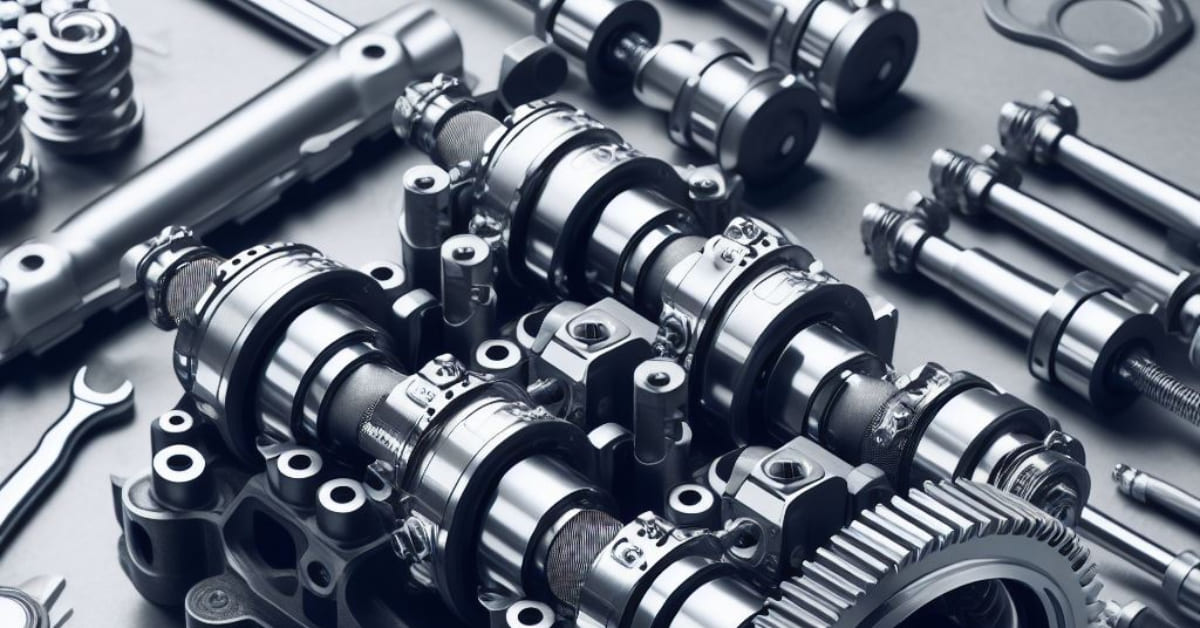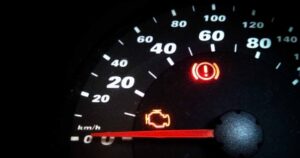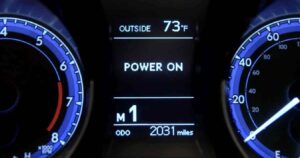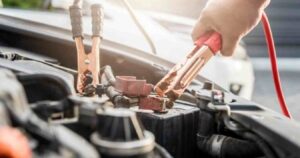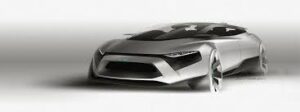If you are interested in cars and engines, you may have heard the term “cammed engine” before. But what does it mean exactly? And why do some people modify their engines with cams? In this blog post, I will explain what a cammed engine is, how it works, and what are the advantages and disadvantages of camming your engine.
Table of Contents
ToggleWhat is a Camshaft?
Before we talk about cammed engines, we need to understand what a camshaft is. A camshaft is a metal rod with lobes (also called cams) attached to it. The camshaft is connected to the crankshaft by a chain or a belt, and it rotates in sync with the pistons. The lobes on the camshaft push the valves open and close at the right time, allowing air and fuel to enter the combustion chamber and exhaust gases to exit. The valves are usually controlled by springs that return them to their closed position when the lobes retract.
The shape and size of the lobes determine how long and how far the valves open. This affects the amount and timing of air and fuel that enter the cylinder, and the amount and timing of exhaust gases that leave the cylinder. These factors influence the power, efficiency, and emissions of the engine.
What is a Cammed Engine?
A cammed engine is an engine that has had its camshaft swapped out for an aftermarket performance camshaft. This performance camshaft alters the timing of the engine’s valves, providing a much higher range of power and performance gains compared to a standard engine.
A cammed engine usually has more lift and more duration than a stock engine. Lift refers to how far the valves open, and duration refers to how long they stay open. By increasing the lift and duration, more air and fuel can enter the cylinder, and more exhaust gases can exit. This means more power output from each combustion cycle.
However, increasing the lift and duration also has some drawbacks. For one thing, it makes the engine less efficient at low RPMs, because there is less compression and less vacuum in the cylinder. This means more fuel consumption and less torque at low speeds. Another drawback is that it makes the engine louder, because there is more fuel burning and more exhaust noise.
Why Do People Cam Their Engines?
There are many reasons why people modify their engines with cams, but there are three major reasons for doing so: tuning, racing, and sound.
Tuning refers to increasing performance levels by modifying certain features of an engine’s setting – mainly increasing the horsepower and torque of the engine. Racing refers to changing the valve timing in order for engines to comply with certain regulations during racing events – mainly decreasing power output, but increasing speed by reducing rotational inertia (i.e., rotating weight). Sound refers to changing the valve timing in order to produce a more aggressive and distinctive sound from the engine – mainly creating a choppy or lopey idle that sounds like a muscle car.
Depending on the purpose and preference of the owner, different types of cams can be used for different effects. For example, some cams are designed to provide more power at high RPMs, while others are designed to provide more torque at low RPMs. Some cams are designed to work well with forced induction systems (such as turbochargers or superchargers), while others are designed to work well with naturally aspirated engines. Some cams are designed to produce a smooth idle, while others are designed to produce a rough idle.
How to Cam Your Engine?
If you want to cam your engine, you will need some tools, skills, and knowledge. You will also need to choose a suitable camshaft for your engine type, size, and goals. You can either buy a ready-made camshaft from an aftermarket manufacturer or have one custom-made for your specific needs.
To install a new camshaft, you will need to remove the old one from your engine block. This usually involves removing several components from your engine, such as the intake manifold, valve covers, rocker arms, pushrods, lifters, timing chain or belt, etc. You will also need to align the new camshaft with the crankshaft using timing marks or degree wheels. You will then need to reinstall all the components back onto your engine block.
Installing a new camshaft is not an easy task, and it requires some mechanical skills and experience. If you are not confident or familiar with working on engines, you may want to hire a professional mechanic to do it for you. You will also need to tune your engine after installing a new camshaft, as it may affect other aspects of your engine’s performance, such as fuel injection, ignition timing, etc.
Conclusion
A cammed engine is an engine that has been modified with an aftermarket performance camshaft. It can provide more power and performance than a stock engine, but it also has some drawbacks such as lower efficiency, higher noise, and higher maintenance. Camming your engine is a personal choice that depends on your goals, preferences, and budget. If you decide to cam your engine, make sure you do it properly and safely, and enjoy the benefits of a more powerful and exciting engine.
